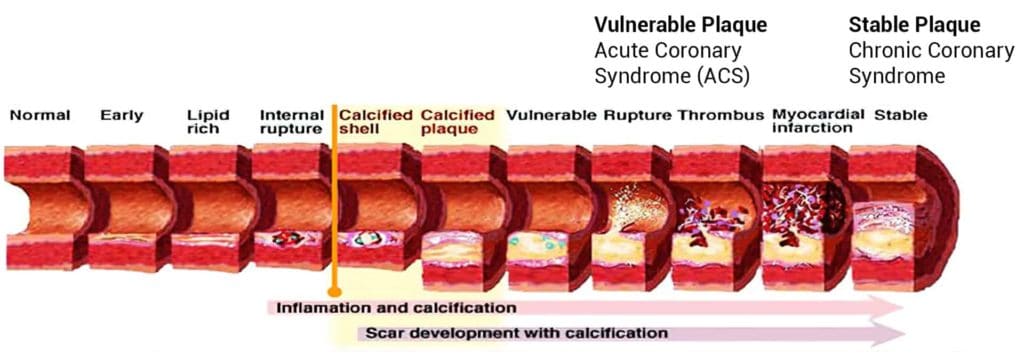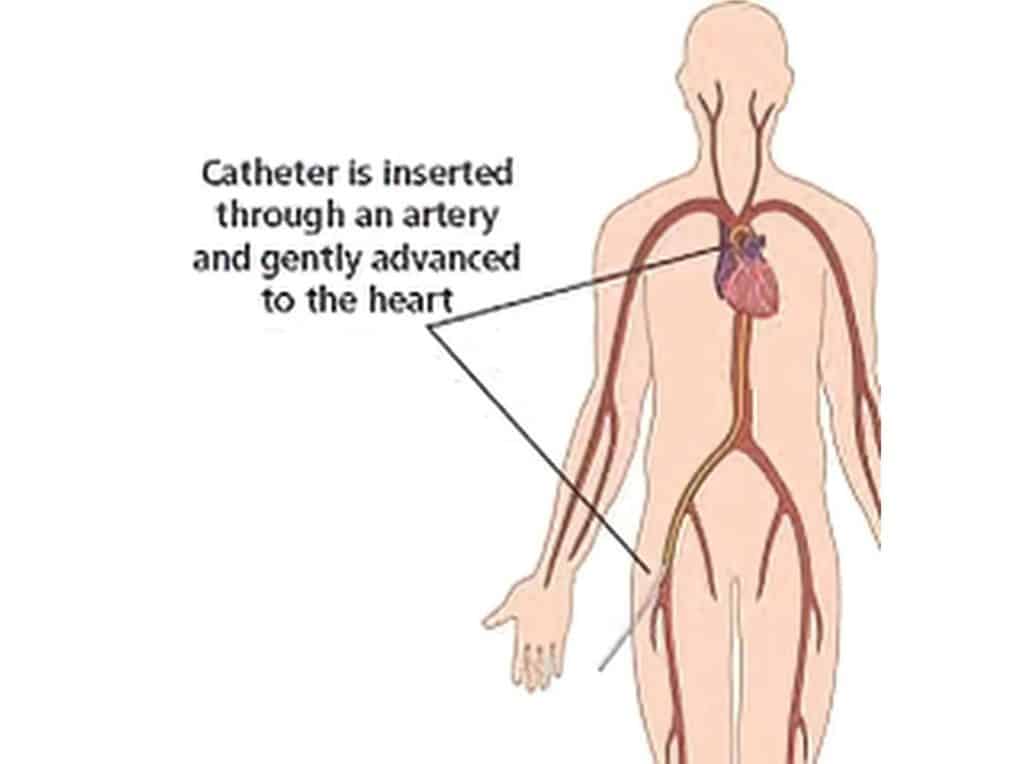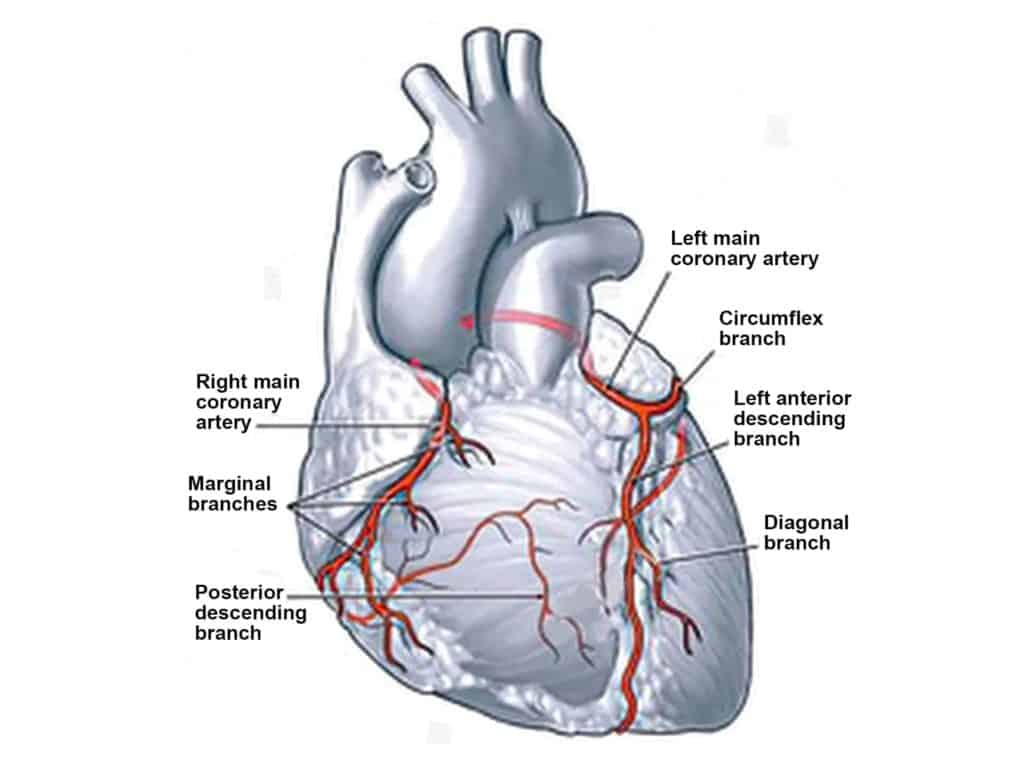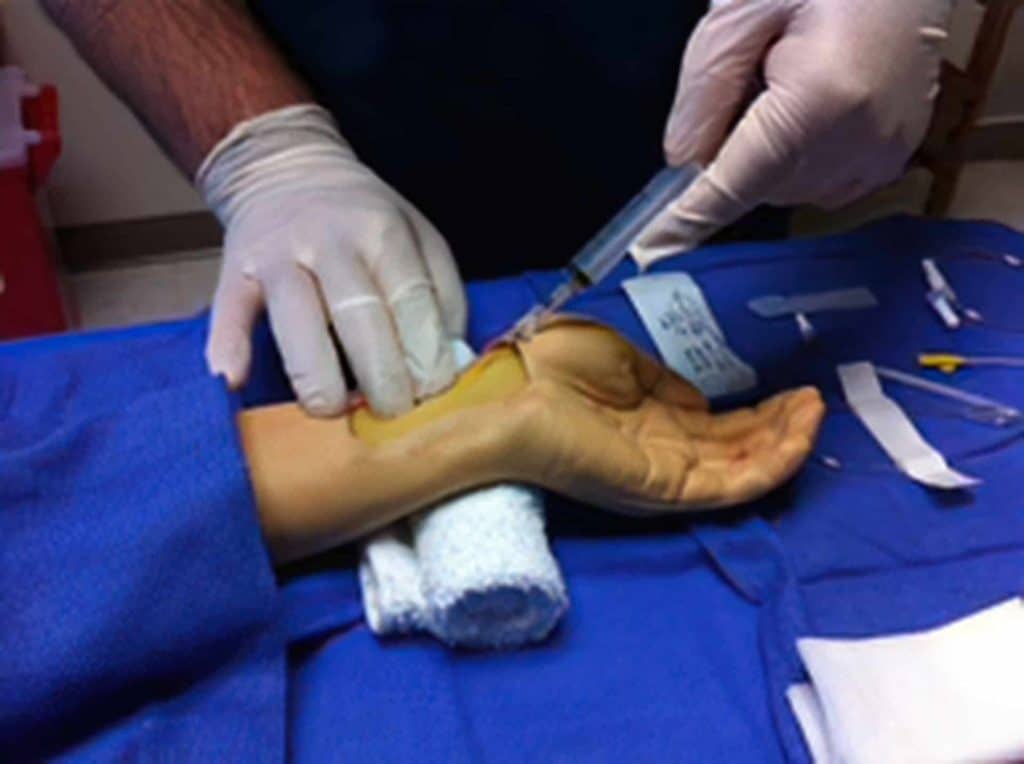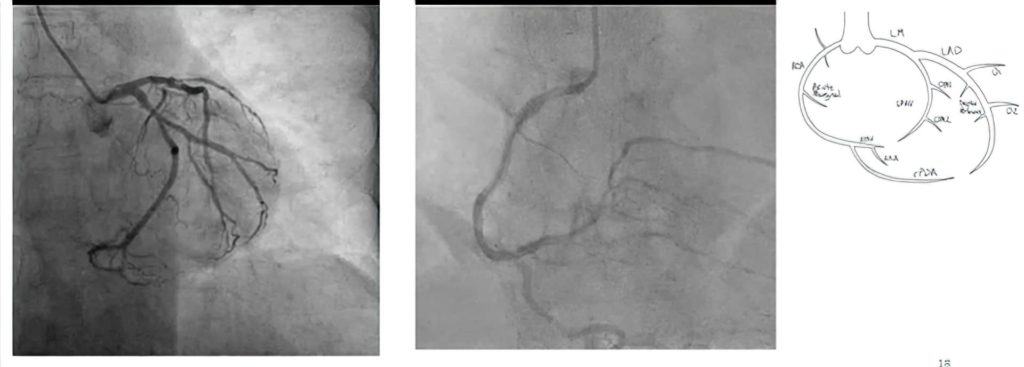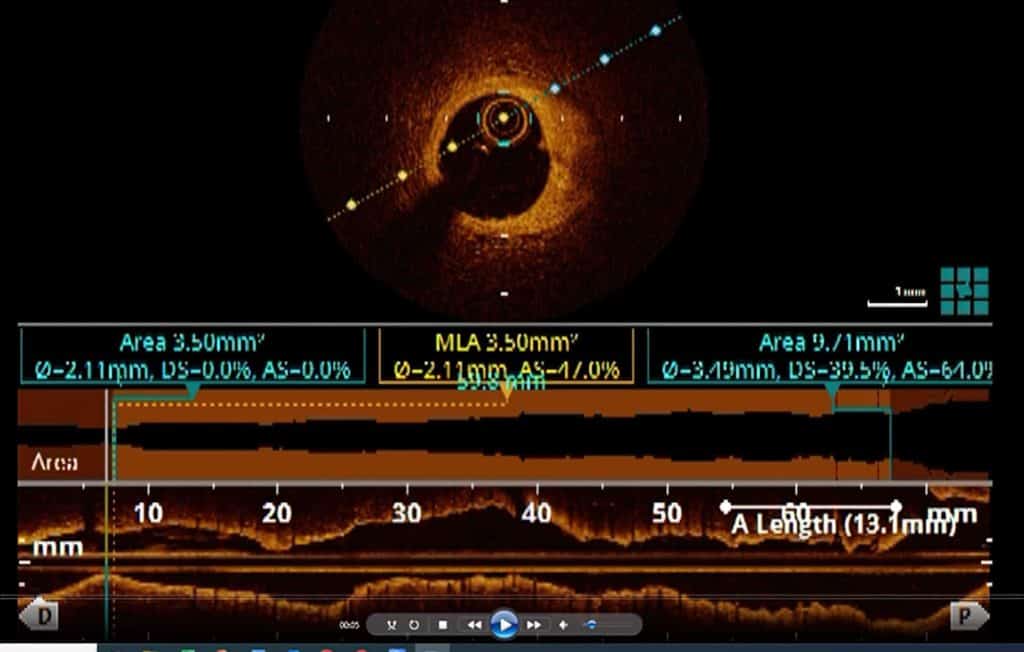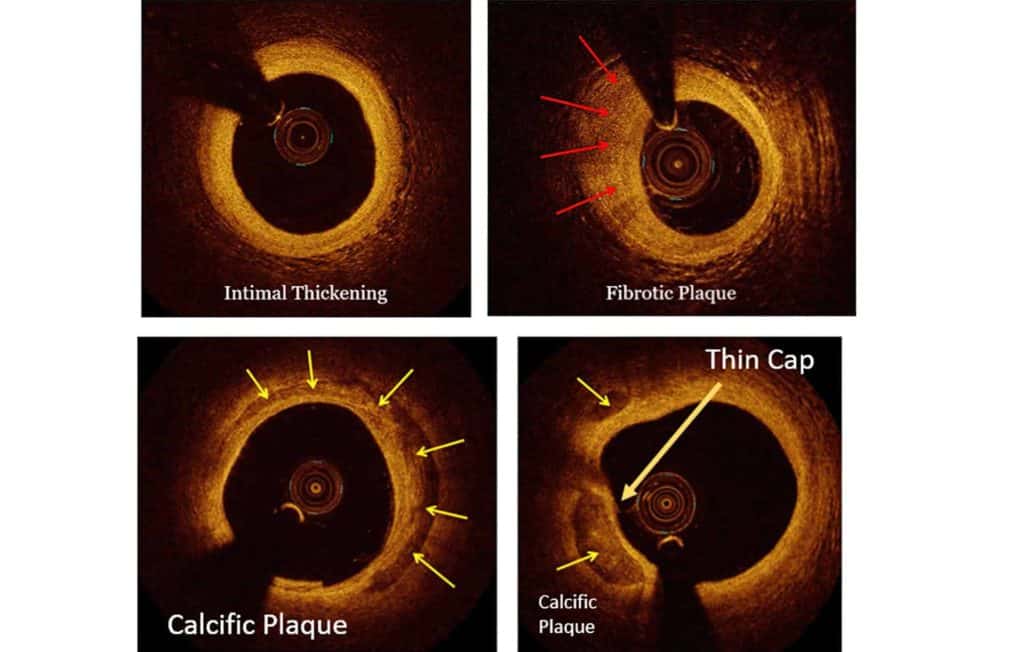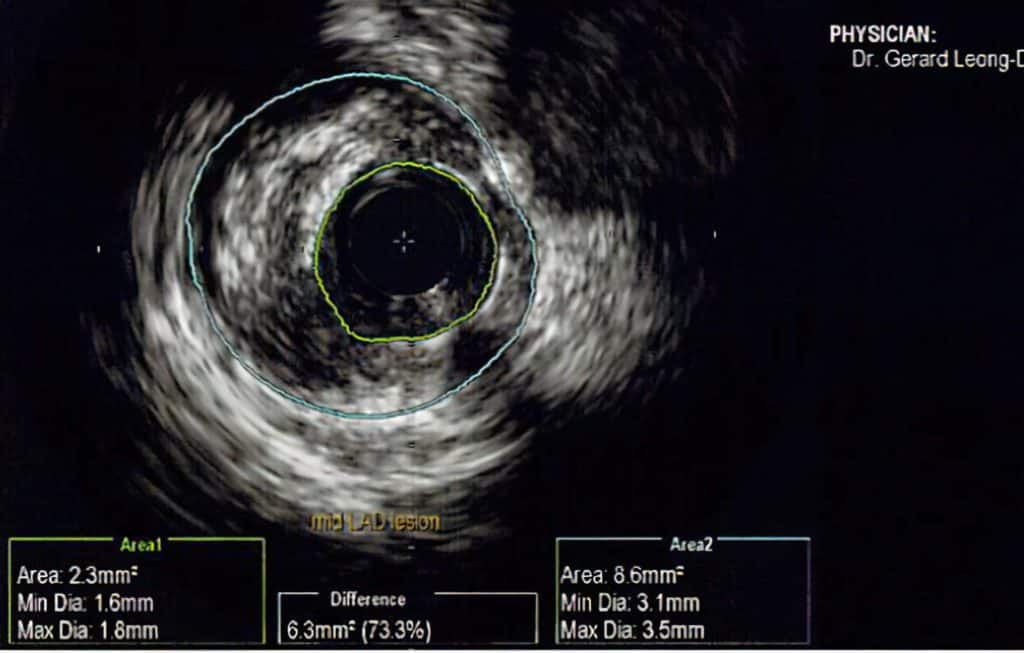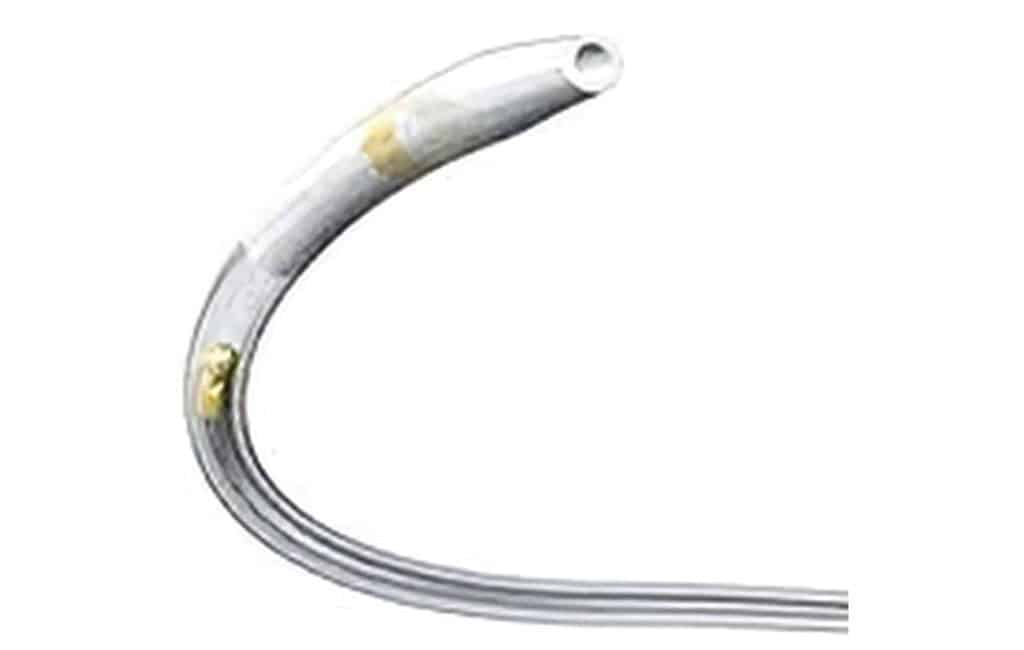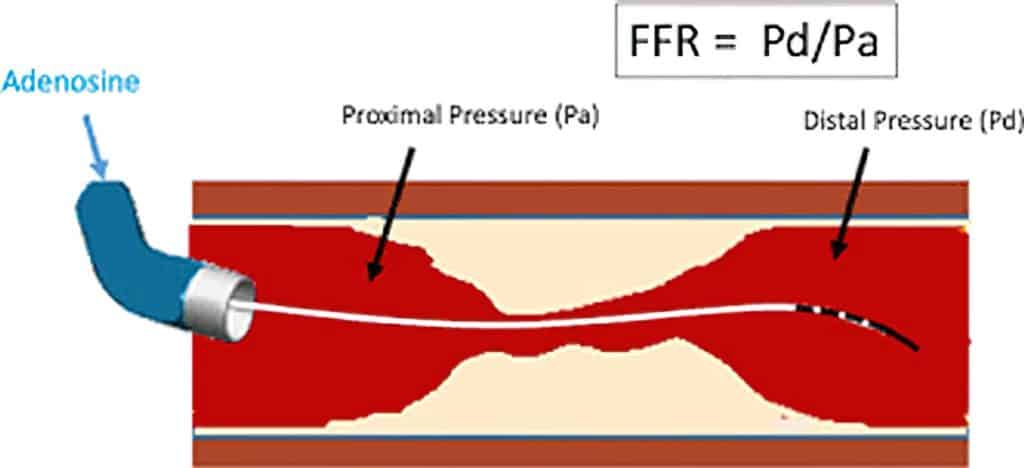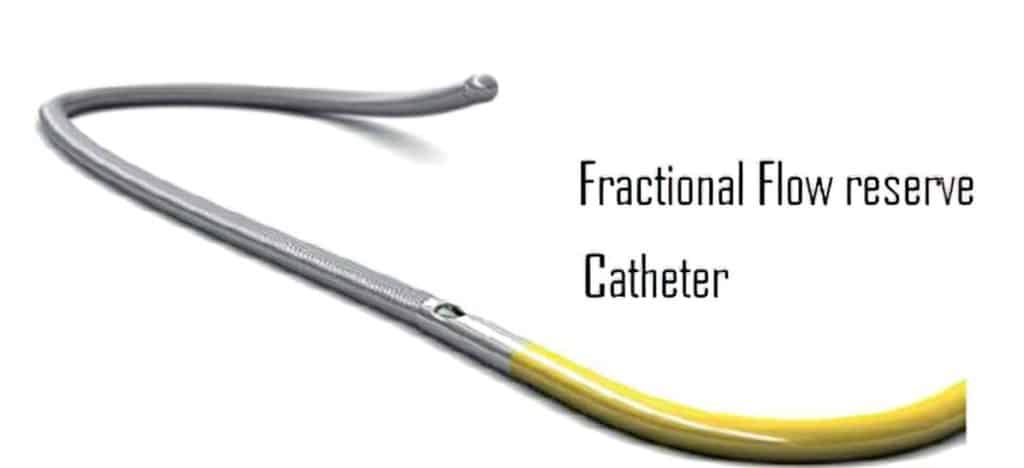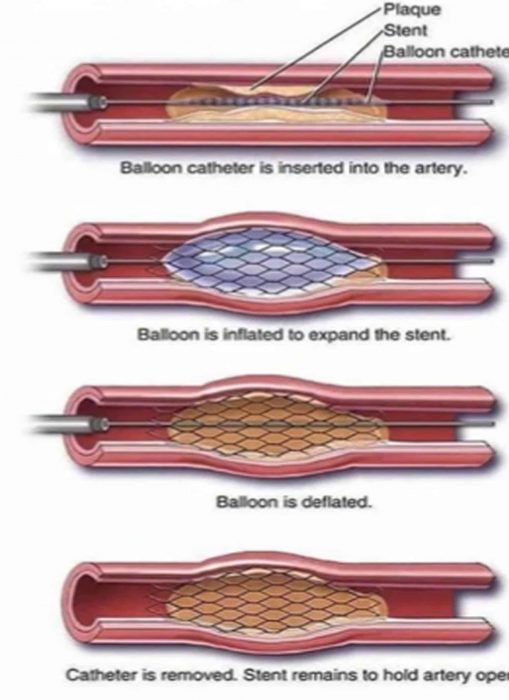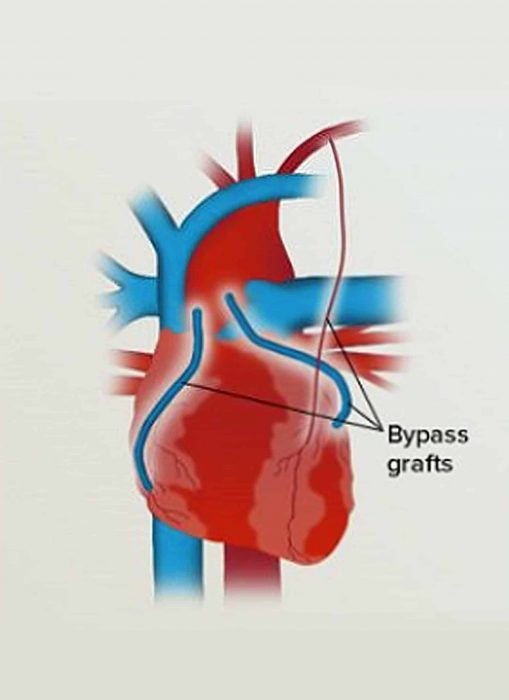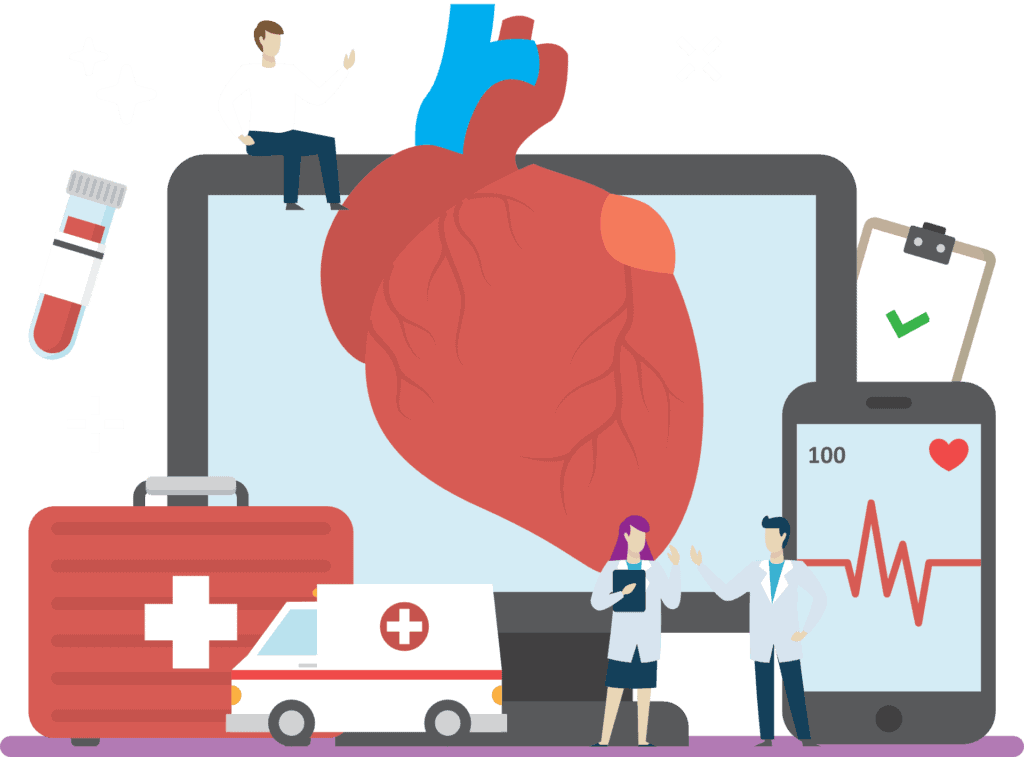
What is Heart Blockage/Blocked Arteries?
Heart blockage, blocked arteries or coronary artery disease is a condition where blood flow through one or more of three main coronary arteries is partially or completely interrupted.
What are the symptoms of Heart Blockages/Blocked Arteries?
The most common cause of heart blockage is coronary atherosclerosis. Less common causes include coronary artery spasm and Coronary artery vasculitis.
Coronary atherosclerosis (Blocked Arteries)
This is the most common cause of coronary artery disease. It is such a common cause of heart blockage that it is synonymous with coronary artery disease.
Atherosclerosis is due to plaque building up in the coronary artery walls. If undiagnosed and untreated, the plaque will further accumulate, gradually increasing blockage of the coronary artery. This results in the clinical condition called stable coronary artery disease (Fig 1b).
If the plaques that develop in atherosclerosis rupture, it will result in an acute clinical syndrome called acute coronary syndrome (ACS). Heart attack is part of ACS (Fig 1c)
This happens when the plaque inner lining (intima) is disrupted, a blood clot may form on it, all grow quickly. This may block an artery and lead to sudden, severe myocardial ischemia, resulting in an ACS (Fig 2).
Coronary artery spasm
This is a less common cause of coronary artery disease. In this condition, there is a temporary tightening of the muscles in the artery wall (spasm), and this can briefly decrease or even prevent blood flow to part of the heart muscle.
Unlike typical angina, which usually occurs with physical activity, coronary artery spasms often occur at rest, typically between midnight and early morning.
Coronary artery spasms angina is also called Prinzmetal’s angina, vasospastic angina or variant angina.
Common known triggers for coronary artery spasms are:
- Tobacco use
- Exposure to cold
- Extreme emotional stress
- Use of illegal stimulant drugs, such as amphetamines and cocaine
Coronary artery vasculitis (CAV)
This is a rare cause of coronary artery disease where there is an inflammatory process specific to the coronary artery or part of the systemic inflammatory process, in which the coronary artery is one of the several target organs damaged.
There are several causes for CAV. There more frequent and better-defined ones being Kawasaki’s disease, Takayasu’s arteritis, Polyarteritis Nodosa, and Giant-Cell Arteritis.
Unlike the more common atherosclerotic disease, coronary artery vasculitis tends to affect the younger population cohort.
CAV can lead to multiple coronary complications, eg coronary artery aneurysms, coronary stenotic lesions, and thrombosis, all of which may result in acute coronary syndromes.
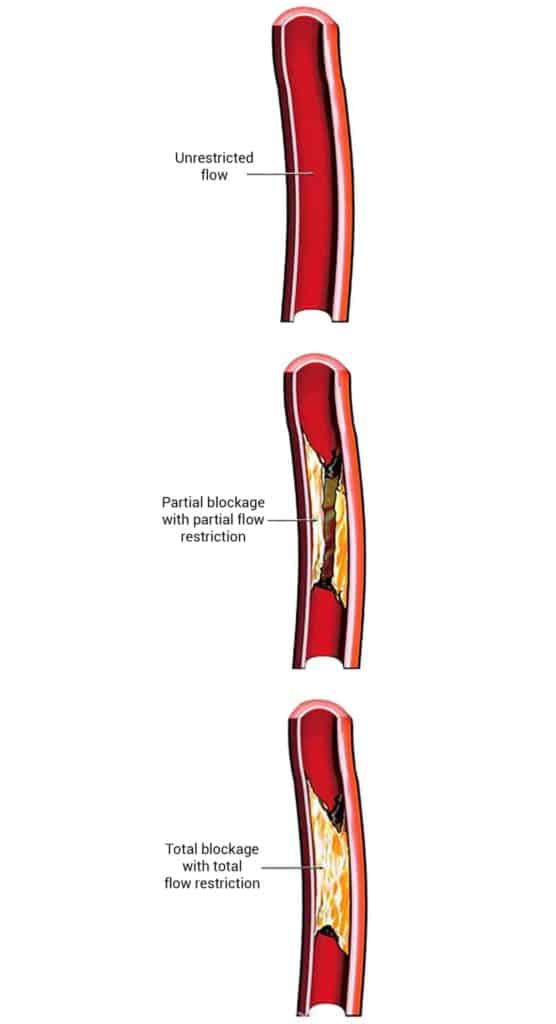
What are the risk factors for Heart Blockages?
As atherosclerosis is the most common cause of heart blockage, the most common risk factors for heart blockage are the risk factors for atherosclerosis, and they are:
- Smoking,
- Lack of physical activity
- Poor dietary choices
lead to
- Diabetes mellitus,
- High blood pressure
- High cholesterol
What are the Consequences of Heart Blockages?
Chronic untreated gradually increasing heart blockage can lead to progressive heart ischemia. This may lead to increased symptoms, with gradually reduced
effort tolerance. This is known as stable coronary artery disease or chronic coronary syndrome.
Sudden, unexpected or severe physical or emotional stress can lead to plaque rupture leading to total or subtotal significant coronary artery blockage, resulting in unstable coronary syndrome, aka acute coronary syndrome. This increases the risk of death.
What are the symptoms of Heart Blockages/ Blocked Arteries?

More than 30% of sudden cardiac death is due to coronary artery disease as the first clinical event.
This means that it is not mandatory for a patient that has minor symptoms before having a more major one like acute coronary syndrome. Sudden cardiac death is not an uncommon first presentation of coronary artery disease.
What is the treatment for Heart Blockages/Blocked Arteries?
Treatment for heart blockage involves treating the cause of the heart blockage.
Like all treatments, treatment heart blockage involves the therapeutic pyramid.
Lifestyle changes
The base of the pyramid involves the adoption of a healthier lifestyle. This involves stopping unhealthy habits like smoking and making healthier dietary and physical activity choices.
The patient will have to be committed to being compliant with the agreed-upon treatment plan.
The next step would involve medications if needed. Following medications would be procedures at the apex of the pyramid.
At each point, indications, risks and alternatives to the therapeutic choice will need to be discussed and management plans mutually agreed upon.
Medications for heart blockages
The specific medications for heart blockage will depend on the specific cause of the heart blockage.
Broadly, there are different medications to thin the blood, eg aspirin or clopidogrel, anti-anginal medications that relax the coronary blood vessels, thus dilating it, eg Calcium channel blockers or reducing the stress on the heart, eg beta-blockers, and plaque stabilizers, eg statins.
For specific causes of heart blockage, eg coronary artery vasculitis, immune-modulating medications may be needed.
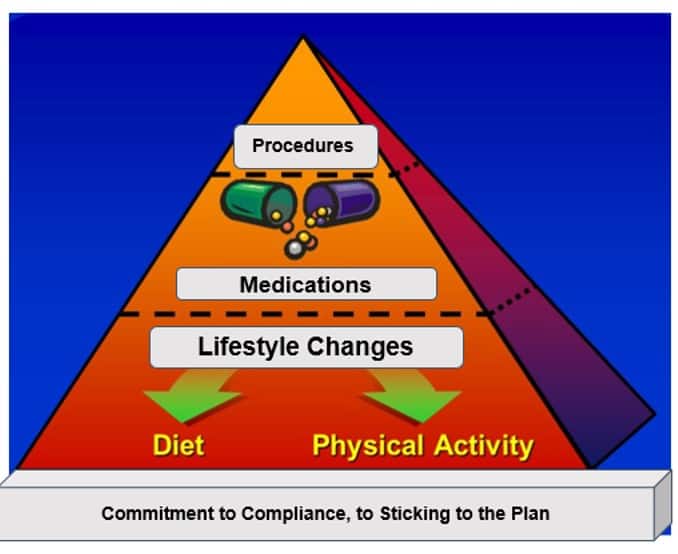
What are the procedures for Heart Blockage/Blocked Arteries?
Assessment of coronary arteries
Invasive coronary angiography (ICA)
This is the “gold standard” method used for assessments of coronary arteries.
A very thin and flexible catheter is threaded through the radial artery or femoral artery. Contrast dye is then injected with X-ray imaging to visualize the coronary arteries.
Supplementary modalities that can be used to further assess coronary artery
Fractional Flow Reserve (FFR)
This is used to assess the degree of pressure-flow difference after and before the stenotic part of the coronary artery.
A fine flexible catheter with a pressure-measuring sensor is threaded through the blockage and pressure readings are taken.
Revascularization of Blocked Coronary Arteries
There are two major ways to restore adequate blood flow into a significantly blocked coronary artery:
- Percutaneous Coronary Intervention (PCI)
- Coronary artery bypass grafting (CABG)
- Hybrid-combination of the above two
The medical choice of revascularization procedure will depend on the number of blockages, the number of vessels blocked, nature of blockages, cardiac function status, and co-existing medical condition of the patient.

